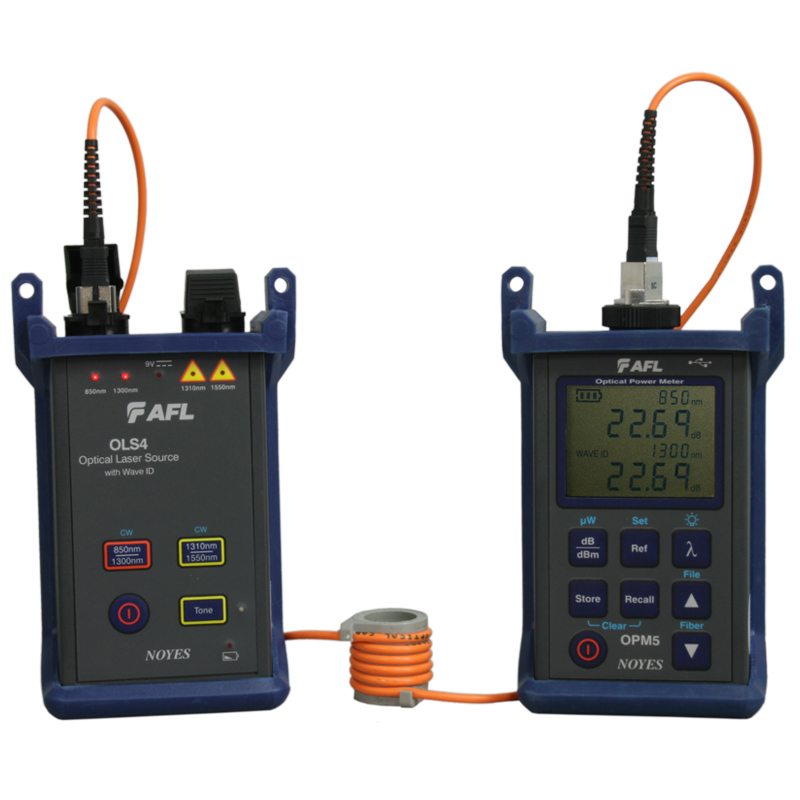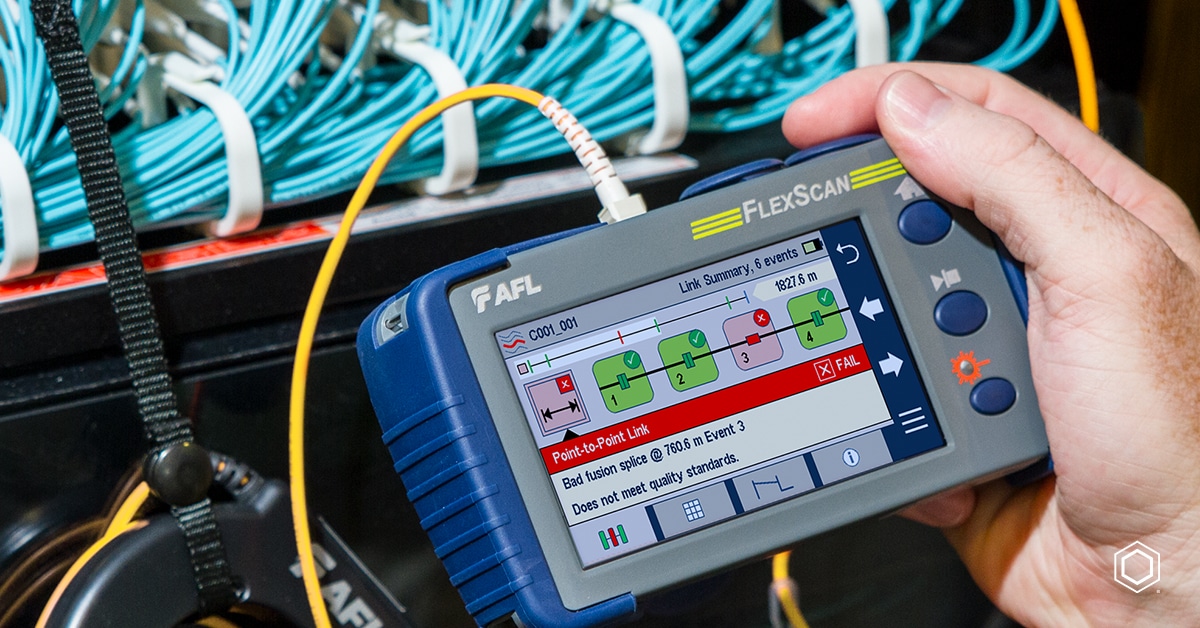Revealing the Secret Use Optical Fibre Checking for Reliable Information Transmission
In the world of modern-day interaction, optical fiber screening arises as a necessary method for enhancing data transmission. Understanding the multifaceted applications of optical fiber screening welcomes a deeper exploration into its pivotal duty in forming the future of information communication.

Significance of Optical Fibre Testing
The importance of optical fiber testing can not be overstated, as it works as an important element in guaranteeing the integrity and effectiveness of data transmission systems. In a period where high-speed communication is paramount, any kind of shortages in fibre optics can bring about considerable data loss and lowered performance. For that reason, rigorous screening procedures are essential to confirm the stability and efficiency of optical cords.
Evaluating enables for the recognition of issues such as micro-bends, macrobends, and splice losses that could hinder signal high quality. It supplies understandings right into the total depletion and transmission capacity capacities of the fibre, making sure that the network fulfills specific operational standards. Regular testing not only enhances system performance however also prolongs the lifespan of the infrastructure by identifying possible concerns before they intensify into pricey failings.

Kinds of Optical Fibre Examinations
Various kinds of optical fibre examinations are conducted to guarantee the performance and integrity of fiber optic networks. These tests can be categorized into several crucial types, each serving a particular objective in examining the integrity of the fibre.
First, Optical Time Domain Name Reflectometry (OTDR) is a popular examination that identifies faults, interlaces, and adapters within the fiber. By sending pulses of light and examining the mirrored signals, service technicians can determine problems along the fiber's length.
2nd, insertion loss examinations assess the quantity of signal loss when light passes via connectors or splices, which is critical for maintaining network effectiveness.
Third, return loss examinations measure the amount of light showed back in the direction of the resource, providing insights right into the top quality of links and potential sources of interference.
In addition, connection tests make certain that the fiber course is full, allowing specialists to validate that the fibre is undamaged with no breaks. optical fibre testing equipment.
Last but not least, aesthetic mistake locators make use of visible light to identify breaks or severe bends in the fibre, helping in quick troubleshooting. Collectively, these tests develop a detailed strategy to keeping optimum efficiency in fiber optic networks.

Applications in Network Maintenance
In modern-day telecommunications, find out here effective network upkeep counts greatly on optical fiber testing to identify and rectify concerns without delay. Normal screening makes sure that the network operates at optimal efficiency degrees, minimizing downtime and enhancing user experience.
Among the key applications of optical fiber testing in maintenance is the discovery of faults, such as breaks, bends, or improper links. Methods like Optical Time Domain Reflectometry (OTDR) allow technicians to situate these problems accurately and assess the top quality of the fibre link. In addition, loss testing verifies the honesty of the optical path, guaranteeing that signal depletion stays within acceptable restrictions.
Routine upkeep screening also assists in precautionary measures, recognizing prospective problems prior to they you can try here intensify right into considerable failures. This aggressive method can conserve companies both time and funds. Furthermore, during upgrades or growths, optical fibre screening makes sure that new installments integrate seamlessly with existing framework.
Enhancing Information Transmission Integrity
Efficient network upkeep via optical fiber screening not just addresses instant problems but also plays a substantial function in enhancing data transmission reliability. By determining mistakes, measuring signal loss, and examining the total condition of fibre optic wires, testing guarantees that possible troubles are rectified navigate to this website before they intensify right into substantial disruptions.
Regular optical fibre screening, such as time-domain reflectometry (TDR) and optical time-domain reflectometry (OTDR), permits technicians to pinpoint the precise places of breaks, flexes, or adapter concerns within the network. This proactive approach not only lessens downtime yet also optimizes the performance of data transmission by making certain that the paths for signals are clear and functioning efficiently.
Furthermore, testing aids in confirming adherence to market criteria and requirements, which is essential for maintaining the stability of data circulation. By ensuring that each connection satisfies called for thresholds for loss and quality, organizations can bolster their confidence in the reliability of their data networks.
Inevitably, spending in thorough optical fiber screening not just boosts information transmission integrity however likewise supports the long-term operational performance of interaction frameworks.
Future Fads in Fiber Testing
Emerging modern technologies are positioned to reinvent fiber testing, leading the way for boosted effectiveness and accuracy in data transmission diagnostics (ofda). As the need for faster web and higher bandwidth proceeds to increase, the integration of advanced devices such as expert system (AI) and machine understanding (ML) is established to transform traditional fiber testing approaches. These innovations will make it possible for predictive upkeep and automated mistake detection, significantly lowering downtime and improving network reliability
In addition, the adoption of Net of Things (IoT) tools will facilitate real-time surveillance of fibre networks, enabling instant identification of performance concerns. This shift in the direction of proactive administration will certainly reduce disturbances and optimize information flow.
Moreover, innovations in optical time-domain reflectometry (OTDR) and new screening standards will boost the accuracy of measurements, making sure that data stability is preserved throughout the transmission procedure. The introduction of 5G modern technology additionally necessitates the advancement of extra sophisticated fibre screening strategies to support its high-speed requirements.
Final Thought
In verdict, optical fibre testing is necessary for keeping efficient data transmission within interaction networks. By using various testing methods, such as OTDR and insertion loss tests, possible mistakes can be identified and remedied, therefore boosting signal clarity and reducing downtime. Routine screening not just makes certain conformity with industry standards but also facilitates aggressive upkeep, eventually adding to the long-term reliability and performance of fibre optic systems. The continued development of screening methodologies will better reinforce these capabilities in the future.